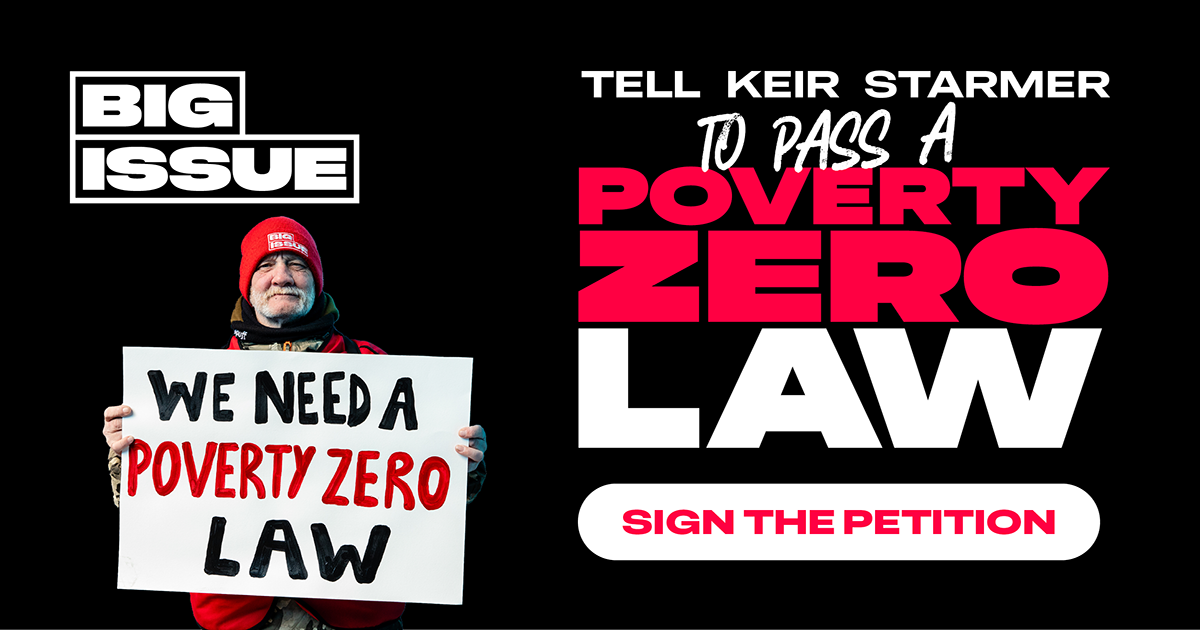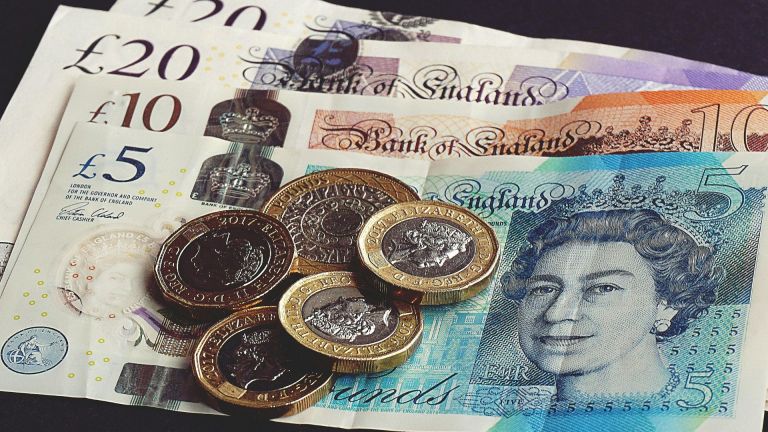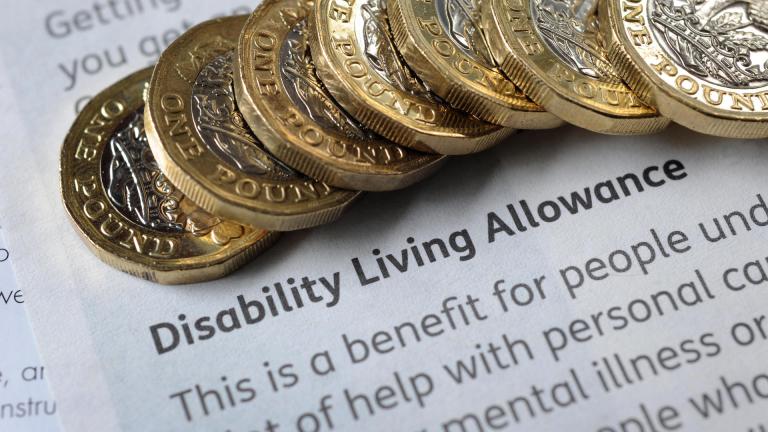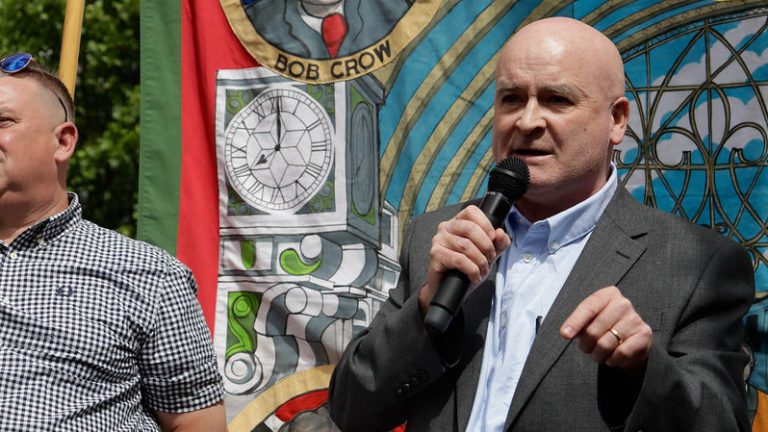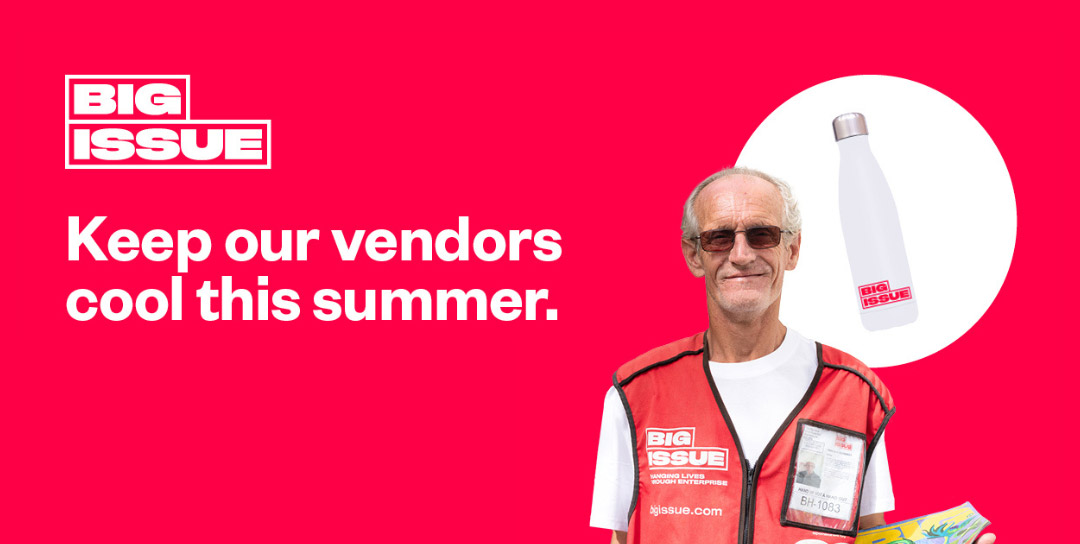Is there a legal maximum working temperature?
There is no legal minimum or maximum temperature for UK workplaces, however the government’s Health and Safety Executive recommends a minimum of at least 16C, or 13C if much of the work involves rigorous physical effort.
It goes on to state: “If a significant number of employees are complaining about thermal discomfort, your employer should carry out a risk assessment, and act on the results of that assessment.”
Get the latest news and insight into how the Big Issue magazine is made by signing up for the Inside Big Issue newsletter
The Trades Union Congress is campaigning for a change in the law that would require bosses to attempt to reduce temperatures if they get above 24C.
They also want an absolute maximum indoor temperature of 30C, at which point employers must allow their staff to stop working for their own safety.
How hot does it have to get before you can work from home?
There is no legal requirement for an office to be kept below a specific temperature requirement, but the Workplace (Health, Safety and Welfare) Regulations state the temperature inside workplace buildings must be “reasonable”.
Advertising helps fund Big Issue’s mission to end poverty
Reasonable is not defined, but there is a legal requirement for an employer to make sure their employees are in a working environment that is safe and without risks to health.
A body temperature of 38C or above is a sign of heat exhaustion according to the NHS. If someone gets too hot they may start to feel dizzy, or could risk dehydration or fainting. However even at lower temperatures, being too hot leads to loss of concentration and increased tiredness, which could cause someone to put themselves or others at risk.
Even at lower temperatures, being too hot leads to loss of concentration and increased tiredness, which could impact on quality of work and productivity, as well as increase risk of accidents.
The leading body of HR professionals, the Chartered Institute of Personnel and Development (CIPD), is urging bosses to embrace home working to help staff stay “comfortable and productive”.
“Where possible, employers should be flexible with working arrangements and allow people to work from home in very hot weather if they will be more comfortable and productive at home,” said Rachel Suff, wellbeing adviser for the CIPD.
“Commuting can be arduous in hot weather, so allowing people to stagger their start and finish times to avoid travelling at peak rush hour could help.”
Advertising helps fund Big Issue’s mission to end poverty
Can you stop working if it’s too hot?
If you are unable to work from home, or your working conditions cannot be changed to account for unreasonable temperatures, it is possible that you may have to stop working to protect your health.
Independent public body ACAS (the Advisory, Conciliation and Arbitration Service) advises that an employee can refuse to work if they reasonably believe that the working environment is not safe. If that employee is then treated less fairly by the employer as a direct result, they could make a claim to an employment tribunal.
What should your boss do if it’s too hot inside the office?
The Union of Shop, Distributive and Allied Workers (USDAW) is calling for the government to make it a legal requirement for employers to adopt cooling measures when the workplace temperature hits 24C.
Cooling measures could include air conditioning, opening windows, and turning on fans, but if these are unavailable or fail to lower the air temperature, the office may be an unsuitable environment for working in.
Your support changes lives. Find out how you can help us help more people by signing up for a subscription
“Indoor workers need cool drinks, more frequent breaks, relaxed dress code, along with opportunities to remove and replace face coverings,” said Paddy Lillis, general secretary of USDAW.
Advertising helps fund Big Issue’s mission to end poverty
What should your boss do if it’s too hot to be working outside?
Doing physical labour outside while it is very hot can put the body under considerable strain. There is no recommended maximum temperature for outdoor work, but as with working inside, if you are concerned your health will be at risk, this should be raised with your boss.
The union USDAW recommends that outdoor workers should be provided with sun and heat protection, some sort of shade if possible, suitable clothing, sunscreen of factor 30 or above, water to prevent dehydration and frequent breaks.
Managers of teams working outside such as in construction, gardening, or waste collection, should choose “flexible working to make use of the coolest hours of the day”, says TUC general secretary Frances O’Grady.
And if you absolutely have to travel to work during high temperatures, here’s how to stay safe
Try to make your journey during the coolest parts of the day, which are early in the morning and late in the evening. However, this is also when most commuters hit the roads or public transport, so aim to start your morning journey as early as possible or head home late to avoid the 5pm rush.
Transport for London has air conditioned trains on the Circle, District, Hammersmith and City, Metropolitan and Elizabeth lines. The majority of the London Overground is also air-conditioned so you might want to alter your trip to travel on some of these. Take a look at this map of the air conditioned lines on the London underground and try to plan your route accordingly.
During very hot weather, hot tarmacked roads absorb the heat and can become burning to the touch. With reports of roads melting during the recent hot weather, the last place you want to be is stuck by the side of a very hot road in a hot car.
Advertising helps fund Big Issue’s mission to end poverty
Mel Clarke, customer service director for operations at National Highways, said: “It is always important to plan ahead for your journey and this advice is no different during periods of hot weather. Our advice is that everyone should check their vehicles, such as tyres, coolant and oil levels, before heading out.”
The NHS lists the some of the signs of heat exhaustion as:
- a headache
- dizziness and confusion
- loss of appetite and feeling sick
- excessive sweating and pale, clammy skin
- cramps in the arms, legs and stomach
- fast breathing or pulse
- a high temperature of 38C or above
- being very thirsty
Children in particular, can become “floppy or sleepy” so it’s important to keep alert rather than assuming they’re just tired.
If you think someone has heatstroke you need to help them find somewhere to cool down immediately.
These are the steps to take to according to the NHS:
- Move them to a cool place.
- Get them to lie down and raise their feet slightly.
- Get them to drink plenty of water. Sports or rehydration drinks are OK.
- Cool their skin – spray or sponge them with cool water and fan them. Cold packs around the armpits or neck are good too.
Call 999 immediately if they start to breathe quickly or have shortness of breath, have a seizure, lose consciousness, or are not responsive.
Advertising helps fund Big Issue’s mission to end poverty

